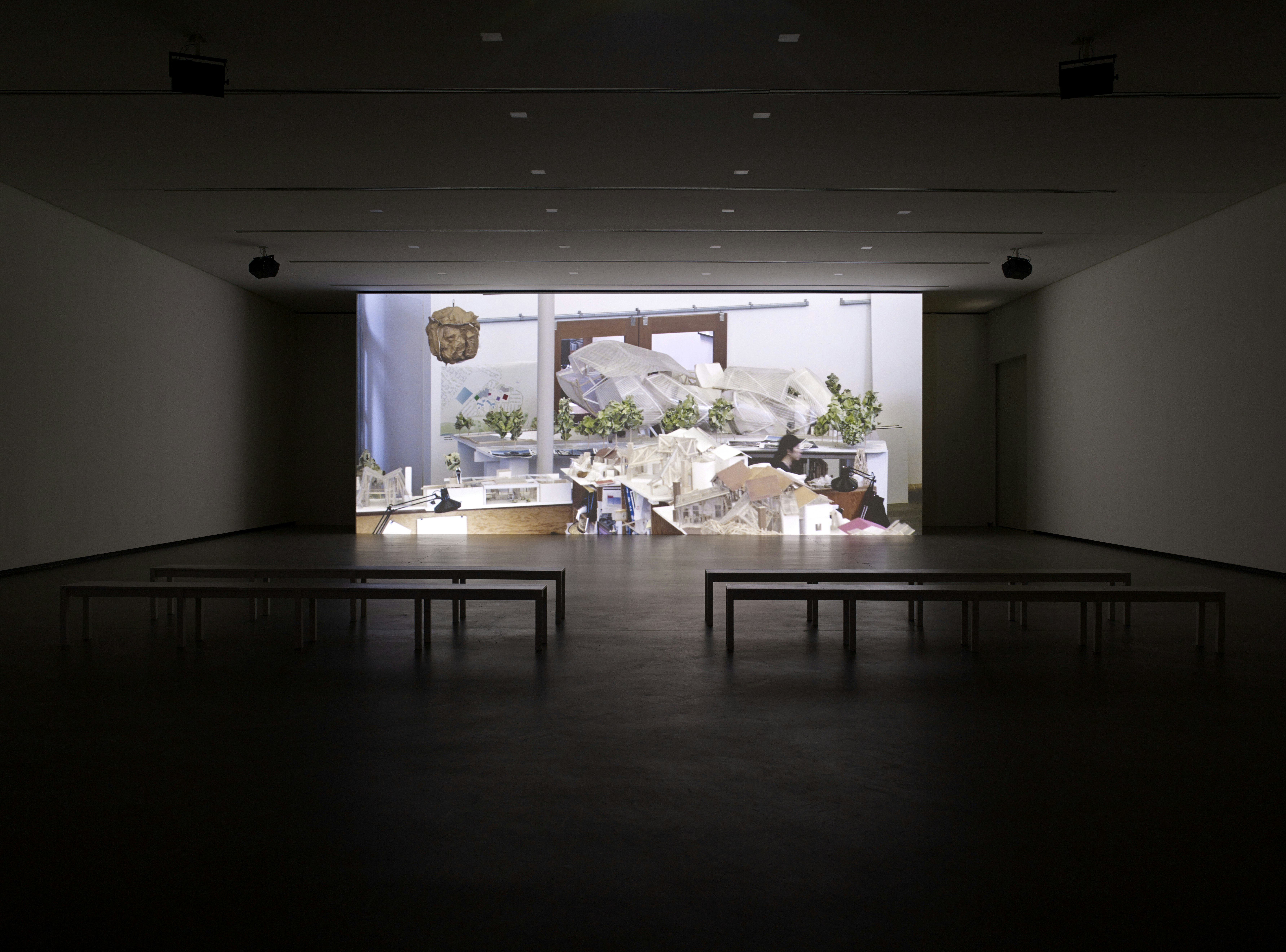Sarah Morris
Since the end of the 1990s, Sarah Morris has been developing a dual vision of urban spaces and architecture through her paintings and films, forming a body of work that reflects hyper-modernity. Morris’ films are set in specific social and urban contexts, focusing on well-known places.
The formality of the composition, framing, colours and visual dynamic are accentuated by the music of artist Liam Gillick. “The images in my films always play with concepts of the spectacle, of the commodity, of political power or power at large. The images use and play with a vocabulary of propaganda, so in a way the music becomes sutured to the image,” explains the artist. “As in all my films, the music is written by Liam Gillick and is not composed for the images. What Liam creates are units of music, a series of modalities autonomous from the images in their production. Improvisation is at play on many levels. Sometimes the music goes against the image and sometimes it goes with the image. This is up to me. It works like modalities in psychology. It is sort of an alchemy. There is an aspect of quotation in my films, like out-takes of a political unconscious of forms. In a way the images are already familiar to you even if you have never seen them like this before,” continues Morris.
















